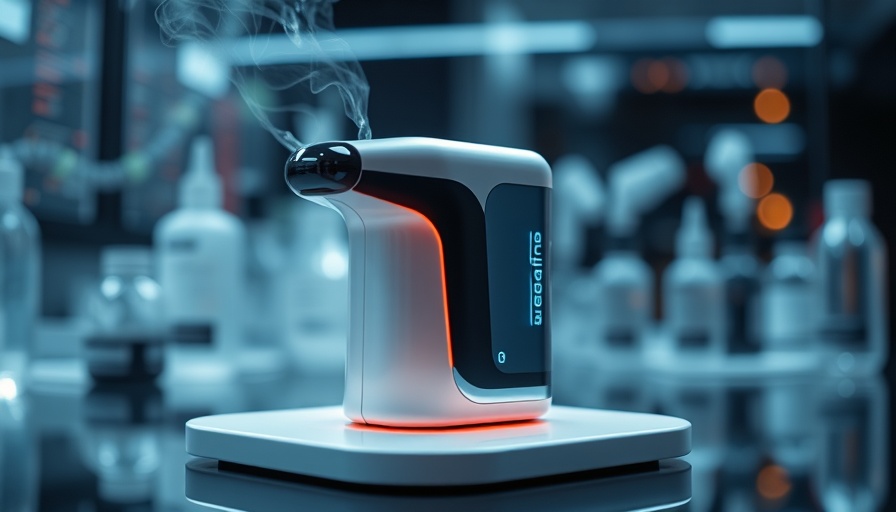
A Revolutionary Breakthrough in Olfactory Research
Researchers at Tufts University have developed an innovative three-dimensional model for studying the sense of smell, revealing remarkable insights into how certain dormant stem cells can significantly influence olfactory function. This ground-breaking study, published in Cell Reports Methods, sheds light on the crucial role of two types of stem cells—horizontal basal cells (HBCs) and globose basal cells (GBCs)—in regenerating smell-sensing nerve tissue.
Understanding the Mechanisms of Smell Regeneration
Unlike other neurons, sensory neurons in the nasal cavity have a unique capability to regenerate throughout a person's life, even with constant exposure to external factors. However, customers across various industries, including tech and wellness, need to understand how disruptions caused by viral infections (like COVID-19), toxins, or aging can compromise this regeneration process.
Through their newly designed olfactory model, the research team demonstrated that while HBCs were previously seen as largely inactive, they are, in fact, pivotal in fostering the development of new olfactory neurons. Brian Lin, the study’s senior author, emphasized that the interdependence of these stem cells plays a critical role in maintaining olfactory health.
How Aging Affects Olfactory Function
The study also highlighted a significant decline in the regenerative capability of olfactory neurons from older mice compared to younger ones, which raises important concerns for aging populations. Lin and his team hypothesized that such decline may be due to a decrease in the GBC population, necessitating further exploration into rejuvenating these stem cells.
This aging effect has implications for various stakeholders, including marketers in the health tech sector, who need to consider the impact of aging on sensory capabilities and create products that cater to the changing needs of older consumers.
Building a Tool for Future Research
The ease of creating the novel 3D olfactory model is particularly noteworthy. The lead author, Juliana Gutschow Gameiro, aimed to develop a model that other researchers could easily adopt. This accessibility significantly enhances research opportunities for a broader array of studies focusing on olfactory health and related issues.
Relevance to Current Health Challenges
The ongoing research into the sense of smell carries tremendous relevance today, especially in light of the increasing cases of olfactory dysfunction stemming from various health issues. Companies involved in wellness products or health technology must stay attuned to these advancements as they could inform the development of innovative solutions aimed at regaining or enhancing the sense of smell.
Final Thoughts: Navigating the Impacts on Health Tech Industries
This innovative olfactory model not only uncovers crucial biological insights but can also have transformative implications for industries centered around health and wellness. As businesses navigate this evolving landscape, there is a wealth of opportunity to capitalize on the intersections of aging, health technology, and sensory perception.
Understanding these developments allows professionals and companies to make informed decisions and create relevant strategies that address the changing dynamics of health and sensory wellness.
Learn More About Innovations in Health Technology
As we continue to unravel the complexities of sensory function and health innovations, it becomes vital for industry leaders to engage with emerging research. Stay ahead of trends by investing in learning opportunities related to health tech and innovation.
 Add Row
Add Row  Add
Add 




 Add Row
Add Row  Add
Add 

Write A Comment